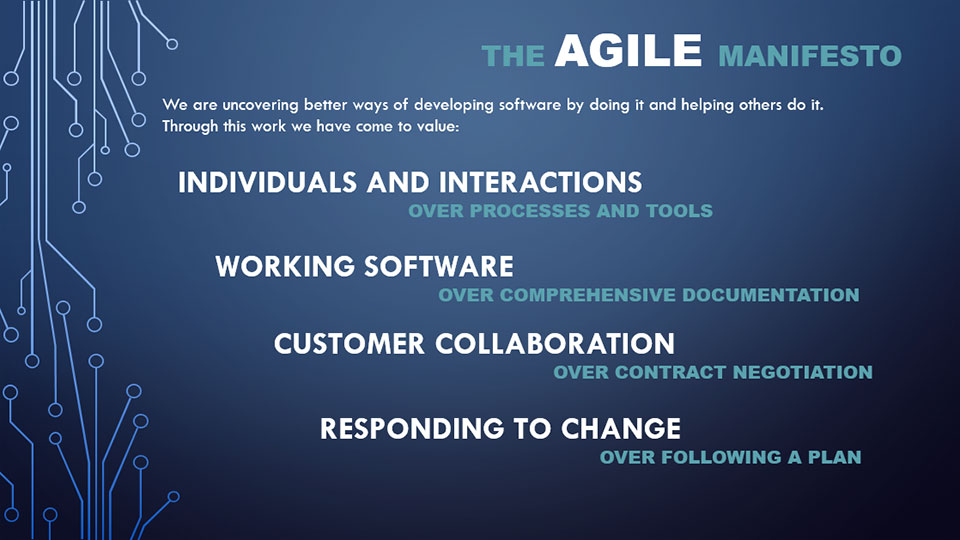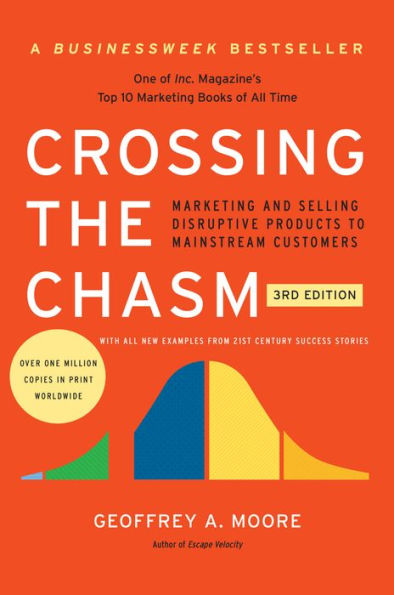Delivering Service Through the Lifecycle
“Can I be honest with you?” often prefaces a seemingly important message to a customer at some point in their lifecycle. The person asking for this moment of truth is just trying to make room for an authentic interaction to impart some key piece of knowledge or information. They are really trying to say, “If you only knew what I know, you would do x instead of y”. If a foundation of trust exists between the two parties then this request will have the intended effect. Unfortunately, many times the request for the honest conversation comes without this established basis thereby bringing out the skeptic in all of us.
FORMATION OF THE CUSTOMER DYNAMIC
I have always been fascinated by the formation of the dynamic that allows trusted communication to flow among people like they were old friends sharing their innermost fears and desires. This honest exchange of thoughts requires the message to be received and interpreted as it was intended with no pretense or interpretation. One of my early mentors preached the principle of having the receiver simply reply asking “How should I interpret this?”. This can be an effective tool if you can remain curious rather than jump to your own seemingly just conclusion.
Years ago I came across two separate works that began to provide some clues to help me solve this puzzle of establishing trusting relationships with customers. The first was from a visionary group that somewhat unintentionally penned the Agile Manifesto. Their declaration began with a set of values favoring: “…Individuals and interactions over processes and tools.”. Looking at this through a Customer Journey lens allowed us to include an emphasis on getting people working with people. In many cases we took it beyond work, we made time to learn about each other, to play together and have fun together.

The second point of inspiration was provided by Geoffrey Moore in his book “Crossing the Chasm” where he described defining the whole product that is needed to achieve success in the market. For me, blending this with the some of the tenants from the Agile Manifesto resulted in attaching our people-first Customer Journey within the core of our product definition.

LAUNCHING A PEOPLE-FIRST CUSTOMER JOURNEY
Here at Aerospike we just launched the results of a people-first Customer Journey by introducing an exciting new suite of training and services offerings. Our service design process started by expanding on all of the activities, experiences, and interactions that our most successful customers go through during their time with us. This people-first approach informed these design decisions and produced success criteria for the On-boarding, Adoption, and Grow(th) phases of this journey.
ONBOARDING – The On-boarding phase allows our teams to meet and begin to understand each other. These interactions are used to align on the mission and create a co-equal team that has the collective knowledge and experience necessary to build and launch your product or service. This phase exits with team members getting their support certifications accompanied by direct introductions to the people that will be assisting with any issues while you are in production.
ADOPTION – Building and launching your product or service extends our interactions through prescribed services packages. These packages include activities that put us together at whiteboards to understand how your architectures and data models deal with your business constraints. We also dive into your operations and devops to extend your automation and monitoring. The shoulder-to-shoulder work continues with the developers to make sure they have the tools they need to convert the architecture into functioning code. Our activities end here with the product launch.
GROWTH – Finally, growing across the enterprise has several key checkpoints through the quarters and years that keep our teams informed of key organizational changes, advancements in the product, new initiatives within your company, etc. We also spend time looking at your investment in Aerospike and ensure you are tuned correctly and maximizing your investment.
There are countless interactions that will occur across these three phases. Some are intentional and some are the product of high-performing teams that share a common goal and discover new ways to extend our collaboration. This is the joy of a people-first approach.The results of a people-first approach have been so meaningful that it has become foundational to all of my Consulting and Customer Success practices. Looking back on these people-first engagements I don’t hear any more requests for honest conversations…they just happen.To learn more, please read our Services Brief or visit our Consulting Services or Aerospike Academy sites, or refer to our Press Release.




